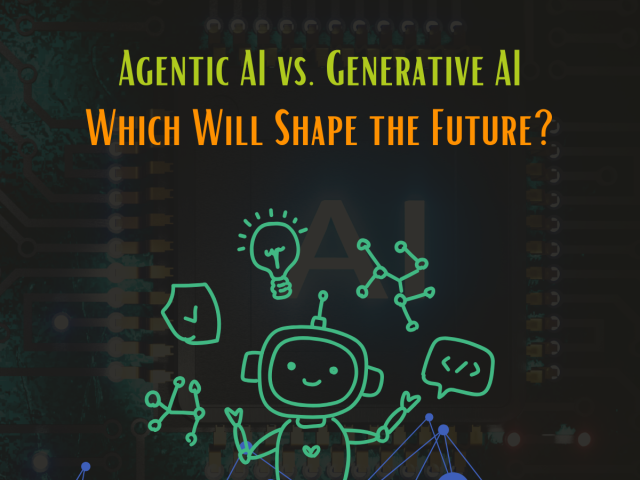A blockchain is a digitized, decentralized, public ledger of all cryptocurrency transactions. Constantly growing as ‘completed’ blocks (the most recent transactions) are recorded and added to it in chronological order, it allows market participants to keep track of digital currency transactions without central recordkeeping. Each node (a computer connected to the network) gets a copy of the blockchain, which is downloaded automatically.
In 2008, stock markets around the world crashed due to failures of massive financial institutions in the United States. The most horrific period in U.S. financial market history where banks collapsed will likely never be forgotten, Then blockchain was invented by Satoshi Nakamoto in 2008 to serve as the public transaction ledger of the cryptocurrency bitcoin. The invention of the blockchain for bitcoin made it the first digital currency to solve the double-spending problem without the need of a trusted authority or central server.
Blockchain is essentially an accounting tool that greatly simplifies this process and provides a system of record keeping that does not rely on intermediaries, yet is:
- Fast and efficient
- Safe from forging/hacking
- Reliable
- Immutable (once information is locked in, it cannot be changed)
- Transparent
- Does not require trust between parties
It is this difference that makes blockchain technology so useful – It represents an innovation in information registration and distribution that eliminates the need for a trusted party to facilitate digital relationships.
Blockchains can be used for a wide variety of applications, such as tracking ownership or the provenance of documents, digital assets, physical assets or voting rights. Blockchain technology was popularized by the Bitcoin digital currency system. But, essentially, a blockchain is just a special kind of database.
Two main concepts of Blockchain
In a very simplistic language, the blockchain can be considered a secured business network where participants transfer/exchange assets with decentralized ledger* and each participant will have a copy of its content, in constant sync with other participants.
Four pillars of Blockchain
- Distributed (shared) Ledger
- Records’ system shared in the whole network.
- Participants do have a role and objective defined
- Participants contribute to the P2P network continue to work interconnected and independent.
- Privacy
- Governance of who can see what
- Secured transactions
- Authentication can be verified by peers
- Because the network is shared with different players, complex privacy criteria are in place to define what information will be shared, with whom, in what moment.
- Smart Contract
- Contract / Business rules incorporated in the transaction’s database and executed with the transaction
- Code-based financial agreements
- The signature to the privacy criteria
- Static negotiation rules that are defined in a network
- When a player decides to join the network, one define what are the roles and objectives: deadlines, acceptance of the demand, the value accepted
- Consensus
- Transactions are endorsed by relevant participants
- Eliminate the need of an intermediary regulatory agent validating if the smart contract rules were met by all participants in the distributed ledger
- In a mathematical algorithm representation, the consensus performs the validation, using various methodologies, to check if the smart contract values are correctly represented and in compliance by those participants
But how? The network may contain competitors, players that are not completely in harmony related to their objective or role. Why would I share my data in the network with this “risk”? How are the privacy criteria signed? How do I know if the rules defined were followed? Let’s check out block-chain in details in our subsequent blogs .





